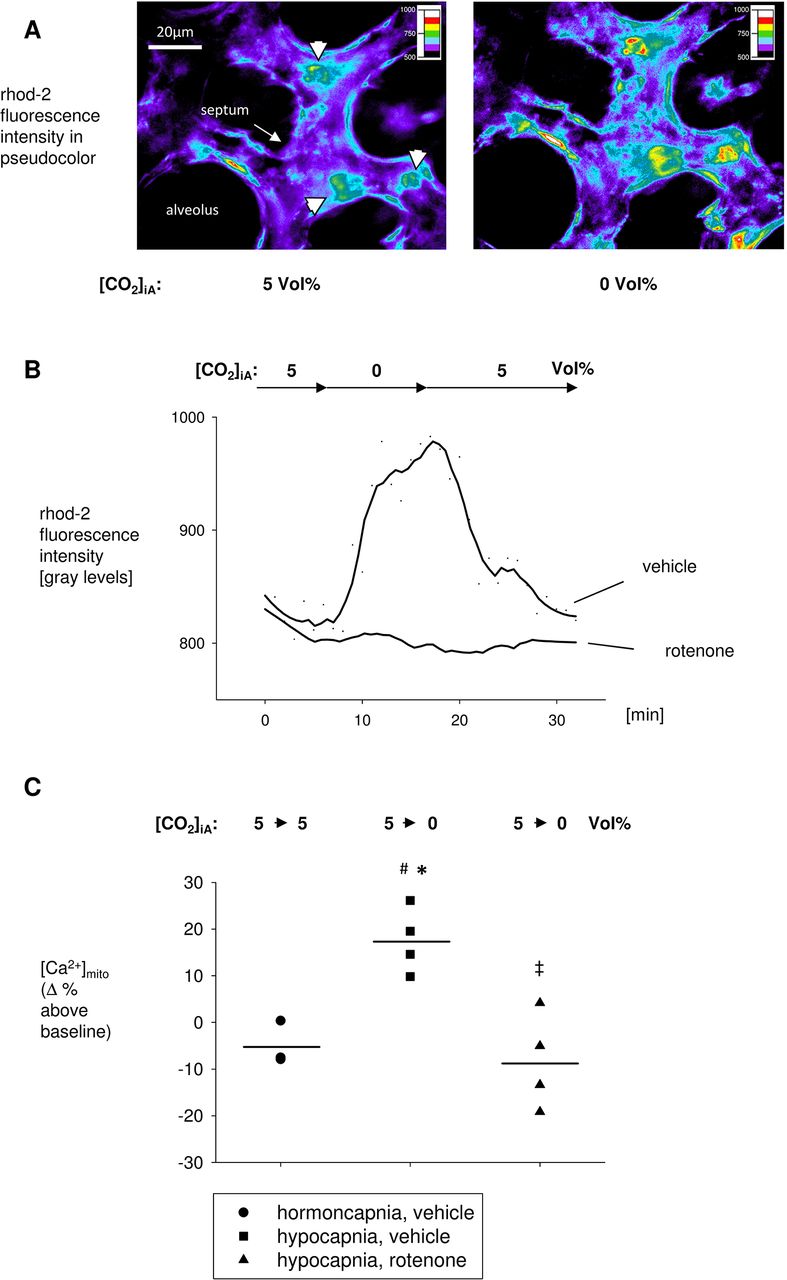

The nose, mouth and pharynx conduct air to the larynx, humidify and filter the air gases. To maintain gas exchange function, the anatomy of the respiratory system is designed in such a way to make the process as efficient as possible.
A pressure-volume curve can be used for measuring:. production is reduced after a prolonged reduction in pulmonary blood flow. is the residual volume plus the inspiratory reserve volume. 
helium dilution over estimates FRC in patients’ with bullous lung disease.vital capacity is the volume of air expired from full inspiration to full expiration.the FRC in an average adult is 2.2litre.Fowlers method measures physiological dead space.The answers can be found at the end of the article, together with an explanation.
 Positive pressure ventilation (i.e.Before continuing, try to answer the following questions. Neck extension and jaw protrusion (can increase it twofold). General anesthesia – multifactorial, including loss of skeletal muscle tone and bronchoconstrictor tone. The ratio of physiologic dead space to tidal volume is usually about 1/3. Alveolar dead space is the volume of gas within unperfused alveoli (and thus not participating in gas exchange either) it is usually negligible in the healthy, awake patient. Anatomic dead space is the volume of gas within the conducting zone (as opposed to the transitional and respiratory zones) and includes the trachea, bronchus, bronchioles, and terminal bronchioles it is approximately 2 mL/kg in the upright position. Physiologic or total dead space is the sum of anatomic dead space and alveolar dead space. Dead space is the volume of a breath that does not participate in gas exchange.
Positive pressure ventilation (i.e.Before continuing, try to answer the following questions. Neck extension and jaw protrusion (can increase it twofold). General anesthesia – multifactorial, including loss of skeletal muscle tone and bronchoconstrictor tone. The ratio of physiologic dead space to tidal volume is usually about 1/3. Alveolar dead space is the volume of gas within unperfused alveoli (and thus not participating in gas exchange either) it is usually negligible in the healthy, awake patient. Anatomic dead space is the volume of gas within the conducting zone (as opposed to the transitional and respiratory zones) and includes the trachea, bronchus, bronchioles, and terminal bronchioles it is approximately 2 mL/kg in the upright position. Physiologic or total dead space is the sum of anatomic dead space and alveolar dead space. Dead space is the volume of a breath that does not participate in gas exchange.







 0 kommentar(er)
0 kommentar(er)
